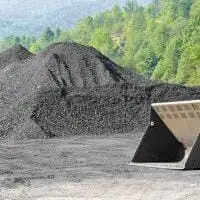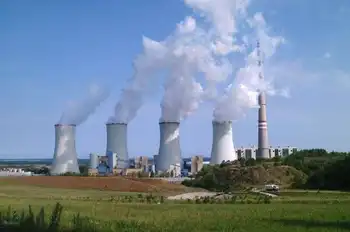Power failures a wake up call
WALNUT CREEK, CALIFORNIA - When it comes to electricity problems, Californians thought they had seen it all.
Just five years ago, wholesale power prices soared and rolling blackouts became a painful fact of life.
But after former Gov. Gray Davis opened the state treasury to buy power, and a recession slowed consumption, the crisis passed. Electricity issues receded into the background.
Until recently. Statewide electricity outages again sent politicians and the public scrambling to find out what happened. Like the proverbial generals who prepare to fight the last war but are never ready for the next one, many of those seeking answers focused on whether what happened was a replay of the crisis of 2000-01.
It wasn't.
During that earlier episode, a witch's brew of physical shortages, financial pressures and market manipulation choked off power supplies. This time around, the mainline power system stood up through the heat wave; problems occurred only with the local distribution network.
Yet squeaking through this crisis offers no assurance that the state's power supplies and grid will be ready for the next test. "I think this is a big wake-up call for everybody," said Jan Smutny-Jones, executive director of the California Independent Energy Producers Association.
Those who hear that call will find that a prescription for action includes more power plants, more conservation and more certainty.
That last item might prove to be the toughest. California now relies on a mix of competitive markets and regulated utility monopolies that was cobbled together to end its last crisis.
So far, that system hasn't encouraged many investors to open their checkbooks and add more capacity, while conservation efforts have lagged.
Even the state Public Utilities Commission, the main architect of the current setup, recently worried that the status quo seemed to be a "recipe for stalemate and, ultimately, scarcity."
Some action is in the works. Just recently, the PUC ordered utilities to prepare for an "urgent need" for at least 3,900 megawatts of new power plant capacity by 2009.
That should set things in motion, Smutny-Jones said. "There is a lot of pent-up interest in both building and modernizing power plants in California," he said.
Severin Borenstein, director of the UC Energy Institute, said that although more capacity is needed, the recent episode - in which total statewide electricity demand soared above forecasts - shows that rates need to be adjusted so consumers pay more when electricity use peaks.
Some consumer advocates remain wary of proposals to allow that. "To the extent we are regulated, we have a more robust system," said Mindy Spatt, a spokeswoman for the Utility Reform Network. "If we want to avoid the peak demand issues coming up, the way to do it is by making air conditioner use more efficient," she added.
Related News

Tucson Electric Power plans to end use of coal-generated electricity by 2032
TUCSON - In a dramatic policy shift, Tucson Electric Power says it will stop using coal to generate electricity by 2032 and will increase renewable energy's share of its energy load to more than 70% by 2035.
As part of that change, the utility will stop buying electricity from its two units at its coal-fired Springerville Generating Station by 2032. The plant, TEP's biggest power source, provides about 35% of its energy.
The utility already had planned to start up two New Mexico wind farms and a solar storage plant in the Tucson area by next year. The new plan calls for…




